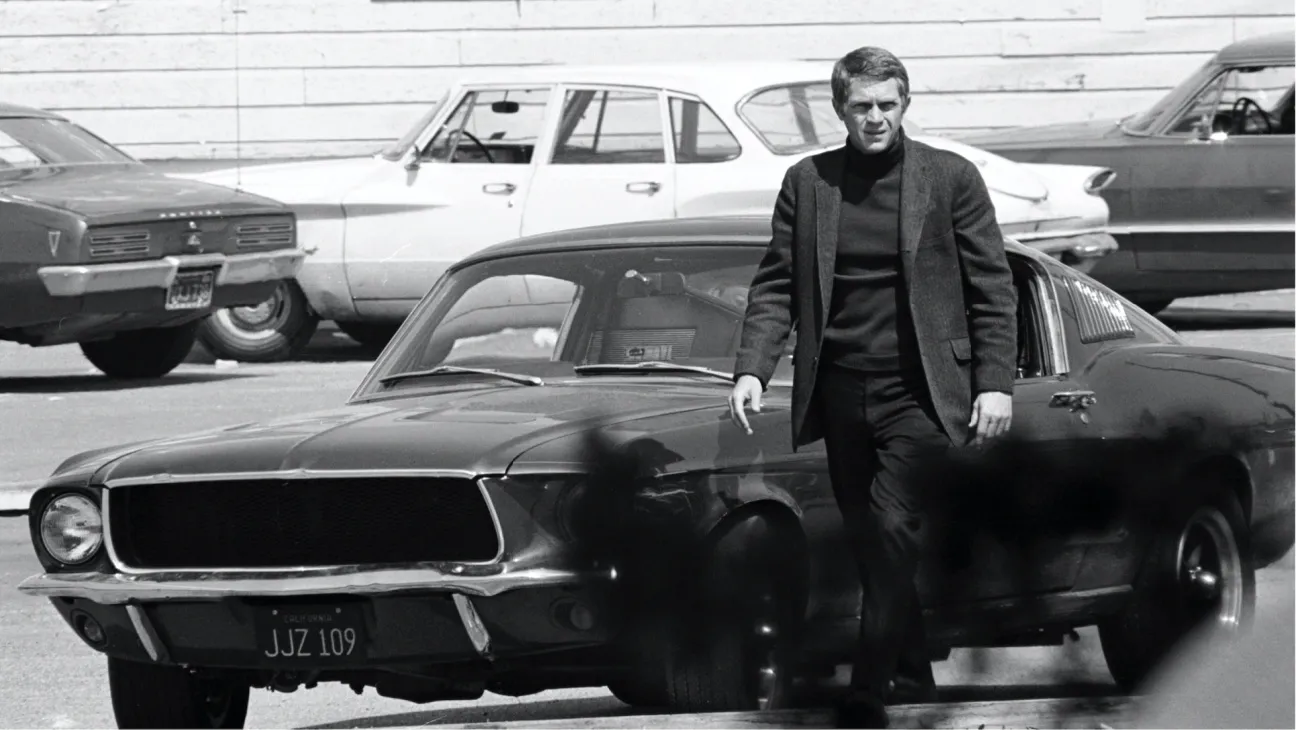Charisma?
“I know it when I see it.”
We all have that human tendency to define the inexplicable in this way, particularly if it requires a closer inspection than we may be willing to give it. We assign terms like “undefinable” and “inexpressible” when we fear that any real exploration of the charismatic will somehow steal what is special from it.
Movies have long been charismatic objects. Many times (most, really), the allure of classic Hollywood films can be traced back to a single factor: the movie’s star. Nobody would argue that most of the films of, say, Bette Davis or Joan Crawford are great works of art. These movies are memorable because of the charisma of their stars, and because their studios knew how to construct the right display cases for their crown jewels.
Such films have been few and far between since the end of the studio system in the late-fifties. A good part of the reason is because the tools to showcase the stars are no longer available. Just as important, though, are the different types of stars that rose up in the wake of Hollywood’s corporate collapse. Once the wartime “necessity” for telling stories to a predominantly female audience gave way to Brando and the Method, the brightest stars shifted from female to male.
One of the very best examples of these later charisma-driven studio films is Peter Yates’ 1968 policier, Bullitt. Admittedly, any film starring Steve McQueen is going to have a high magnetism quotient, but what makes this film a throwback to classical filmmaking is the way that it understands the appeal of its lead actor and constructs every aspect to be both a well-told story and a pedestal on which to place a shrine to McQueen. This is a masculinized Bette Davis vehicle with the pedal to the metal.
As a police procedural, the plot of Bullitt isn’t particularly compelling. A witness is murdered while in police custody and the cop in charge, Frank Bullitt (McQueen), has to battle an ambitious Senator (Robert Vaughn) to solve the case or lose his job. The relative simplicity of the plot is hidden behind a wealth of details about the day-to-day drudgery of crime solving told in post-Dragnet “Just the facts, Ma’am” style.
Of course, such an approach would only be suitable to an action film if it equally served the excitement and the star. In this case, it does both quite brilliantly. Every deliberately slow, plodding sequence is really a subtle build-up to an explosive scene. When a long night of Wonder Bread sandwiches and boredom ticks away in a cheap hotel room, we know that someone is bound to smash through the front door with guns blazing. We just don’t know when or who.
The best of these set-ups, of course, is the iconic car chase through the streets of San Francisco. The sequence begins when Bullitt spots the killer and his driver (played by real life driving ace Bill Hickman) under a fly-over. What follows is a three-minute slow boil of cat and mouse with the full fury finally initiated by a close-up of a seat belt being buckled. As terrific as the following chase is, the excitement explodes precisely because of the long, slow build-up.
What makes this sequence that much more special is something that would simply never happen today. Steve McQueen’s stunt driver is…Steve McQueen. With the lone exception of his green Mustang flying into a ditch, this is a case of Hollywood’s Greatest Stunt Driver versus Hollywood’s Most Famous Speed Freak. McQueen even makes up for missing the ditching shot by doing the stunt work for a motorcycle that slides and crashes during the chase, insurance company be damned.
Just as Bullitt is a perfect Hollywood construction of an earlier studio era, it is also very much a standard-bearer for the attitudes of the late-sixties. Bullitt’s girlfriend, Cathy (Jacqueline Bisset) is always around to question the violence of her boyfriend’s lifestyle and give an underpinning to the isolation a cop feels in society.
The cops that we see here are neither the flawed heroes of classic films nor the soulless villains of modern ones. They are simply people trained to handle a dirty job. For Bullitt this means that he has to find a way to bury all of his feelings beneath a hard veneer. This is where the real charisma of both the man and the film come into full focus: The attractive cool surface hides a series of mysteries that are both compelling and unfathomable. We watch and engage, always waiting for answers that never quite come.
The end of Bullitt compounds the mystery and carries the movie into our thoughts long after it is over. Bullitt, back in his apartment after returning from a terrifying chase through an airport, stares at himself in the mirror. Yates cuts to a close-up of his gun sitting on top of the bannister railing. Then he cuts to black. No specific meaning is implied or signaled. It is up to us to recognize the relationship between the two and the cost that his career has exacted on the gun’s owner. Like Dirty Harry, The French Connection and so many of the other great policiers in the next several years, Bullitt ends with a character whose basic mystery remains tantalizingly unsolved.
That’s charisma.


